
October 28-30, 2021

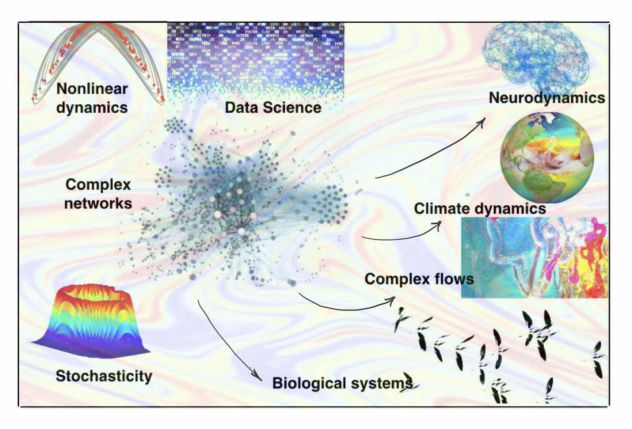

Registration is free for all but mandatory.
The link for joining the workshop will be sent via email.

Title: Modelling and Computation of Interfaces in Turbulent Multiphase Flows
Abstract:

Title: Two Problems on the Flow of Thin Films
Abstract:

Title: Convective flows with boiling and icing boundaries
Abstract:
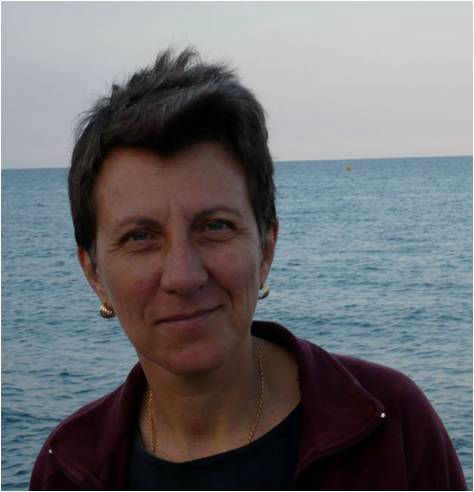
Title: Falling clouds of particles in vortical flows
Abstract:

Title: Dilute Suspension Rheology
Abstract:

Title: Role of gas cushion during the impact of a drop: regimes and energetics
Abstract:
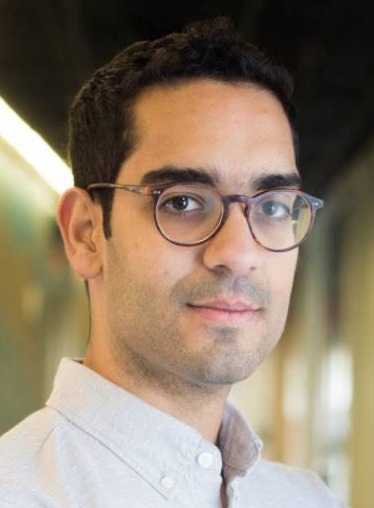
Title: Flow Modulation by Heavy Inertial Particles
Abstract:
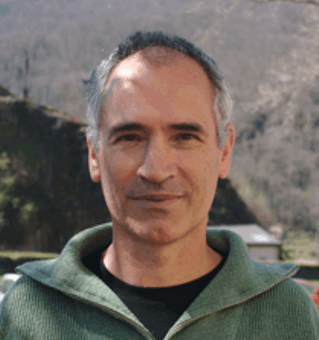
Title: Interplay of a pair of rising bubbles released in line
Abstract:
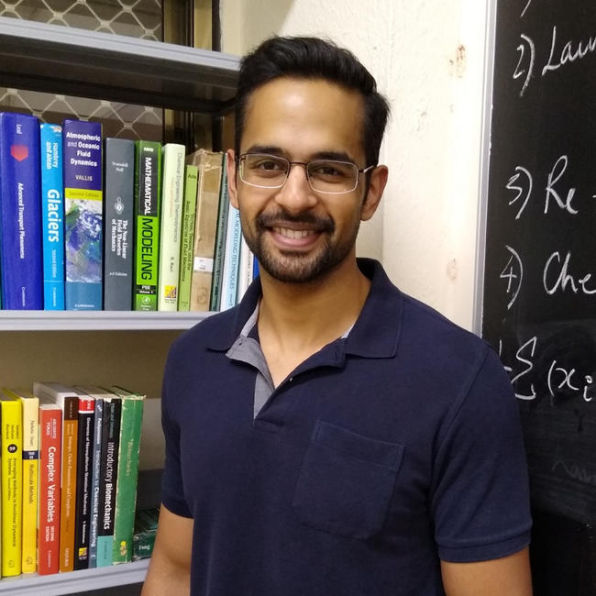
Title: Polymer scission in turbulent flows
Abstract:
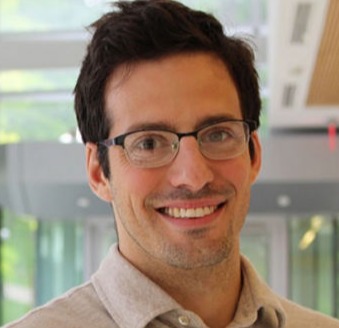
Title: Challenges and opportunities in modeling high-speed gas-particle flows
Abstract:
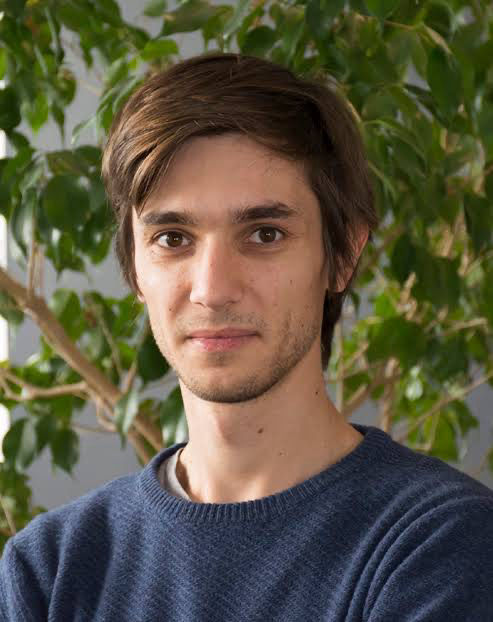
Title: The bubble size distribution under breaking waves: fundamental scalings and implications
Abstract:

Title: Investigating turbulent particulate flows with the aid of invariant solutions
Abstract:
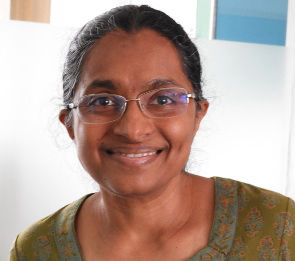
Title: Surface tension as a destabilizer in 2D
Abstract:

Title: Dimple and jet formation in nonlinear surface waves
Abstract: To be announced soon
Bio:

Title: Bubbles and drinks
Abstract:

Title: A unified theory of multiphase turbulence
Abstract:
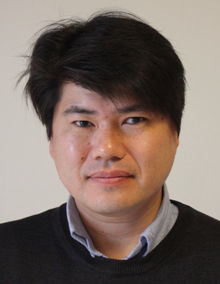
Title: Shear Induced Lift Force and Bubble Clustering Phenomenon
Abstract:

Title: Suspension dynamics: from accumulation to fingering
Abstract:
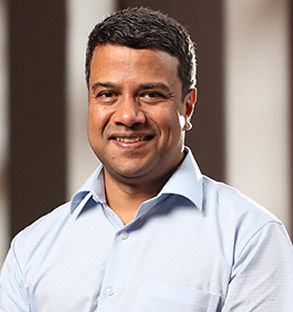
Title: Turbulence collapse in a dilute particle-gas suspension
Abstract: To be announced soon
Bio:

Title: Direct Numerical Simulations of bubbly flows: statistics
Abstract:

Title: Effect of inlet gas turbulence on gas-liquid interfacial instability and airblast atomization.
Abstract:








Title: Challenges and opportunities in modeling high-speed gas-particle flows


Title: Investigating turbulent particulate flows with the aid of invariant solutions

Title: The bubble size distribution under breaking waves: fundamental scalings and implications




Title: Effect of inlet gas turbulence on gas-liquid interfacial instability and airblast atomization




Title: Role of gas cushion during the impact of a drop: regimes and energetics




Title: Modelling and Computation of Interfaces in Turbulent Multiphase Flows

Set up a free website with Mobirise